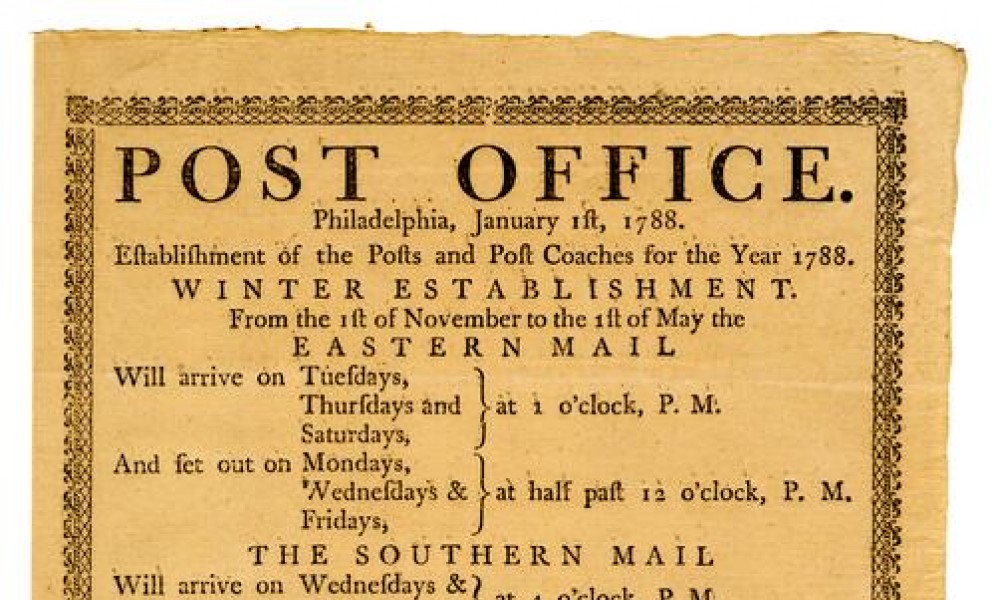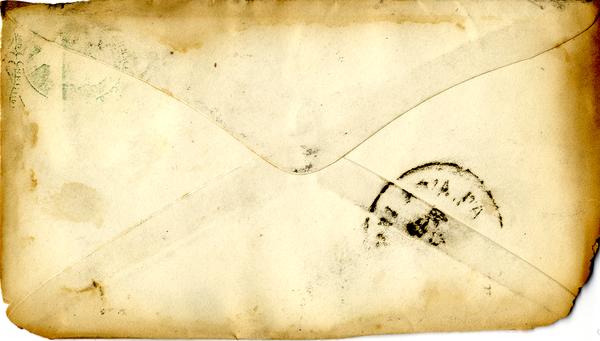Letters and Social Distance

Imagine a world where there are vast physical distances between you and a friend, family member, or colleague. This might sound all too familiar to a reader in 2020, but this was also very familiar for most prior to modern transportation. To compensate for distance and instead of texts, Zoom, or emails, letters were commonly used to communicate with those far away. Though the technology of communication has changed drastically, has much else changed?
In centuries past, letters were the main form of communication over long distances. Their envelopes or folds and contents communicated implied and direct messages through the materials used and the written word. Today, we have text messages and other forms of digital communication. How are these methods and choices of media similar, how are they different? If you look beyond handwriting and some basic mechanics, the similarities might be surprising. During COVID-19, as we practice social distancing, the moment provides us with a set of constraints similar to those of earlier centuries. We seek ways to connect while spending time in physically different spaces. The written word provides comfort and conveys vital information. Even the way messages are sent continues to give information about power structures, hierarchies, relationships, and historical context.
As it was then and is now, few things compete with that feeling of opening a letter. We all know it. That feeling of opening a card or a letter you’ve received in the mail. The little teasers of information on the envelope - who sent it, the stamp they chose to use - give you a sense of what to expect. The time of year you’ve received the card might also give additional hints of the contents. The quality of the paper, a wax seal, and the physical condition of the letter also carry meaning. Now, there are almost too many ways in which we receive written messages. Mail, social media, text, email, and probably others all convey their own meaning. Think about the difference between your initial thoughts on receiving a text from a friend compared to receiving an email from a friend.

The contexts in which the sender composed the message and in which the recipient reads the message carry emotionally-based, time-based, and socially-based meanings. In the 18th century, the lucky writer might have found a book full of templates for situations running between needing money while at sea to checking in on a sibling. Today, we still have a variety of contexts and templates. Between writing cover letters for a job to saying “happy birthday” on Facebook, modern communicators find themselves in different yet similar situations to those in earlier centuries. You can now see edits on posts to certain social media platforms; somewhat like seeing strikethroughs in the 18th century letters. Though we’ve been gifted (or occasionally cursed) with autocorrect, is the context for edits any different? These contexts also usually give hints about how to send the message and how to respond.
Luckily, responses could also come from the same book of templates and modern society has also set-up some standard responses based on the context. If you’ve sent a generic response to a job application, is that very different from copying a template that tells you how to respond to someone asking a favor in the 18th century? Responses to written communication are usually tied to the context. Those receiving a response usually already have your response in mind. It’s often important to match that expectation. Responses always demonstrate, very clearly, that written communication involves more than one person -- it is a social act.
Now that you are thinking way too much about written communication, check out the activities. Think about family or friends who might not be nearby. This moment is a great one for sending letters or communicating with those we care about!
Header image: Post Office - Post Office, 1788 January 1 - https://diglib.amphilsoc.org/islandora/object/post-office-1788-january-1#page/1/mode/1up
